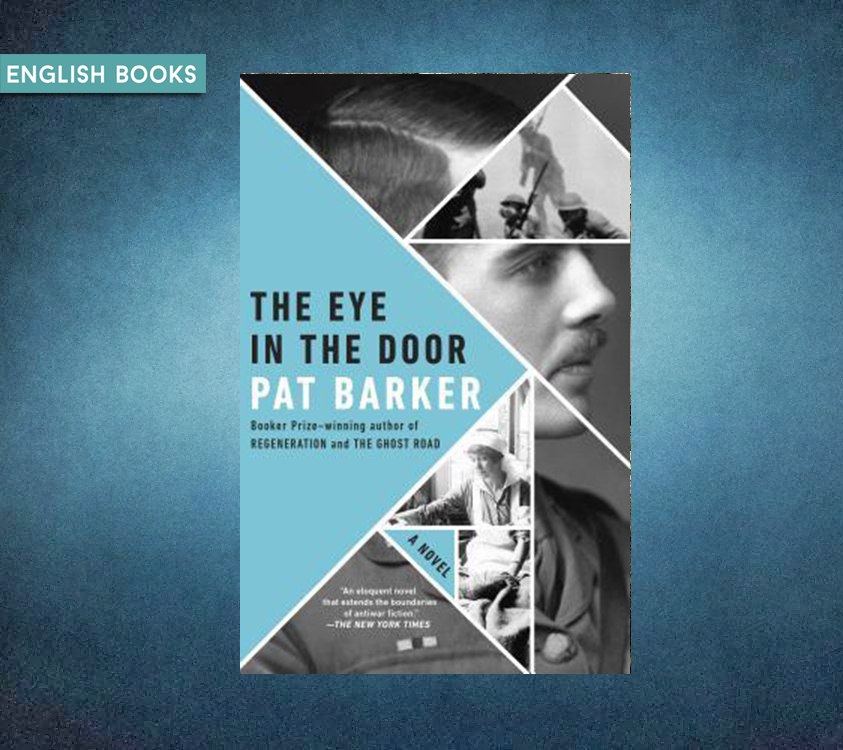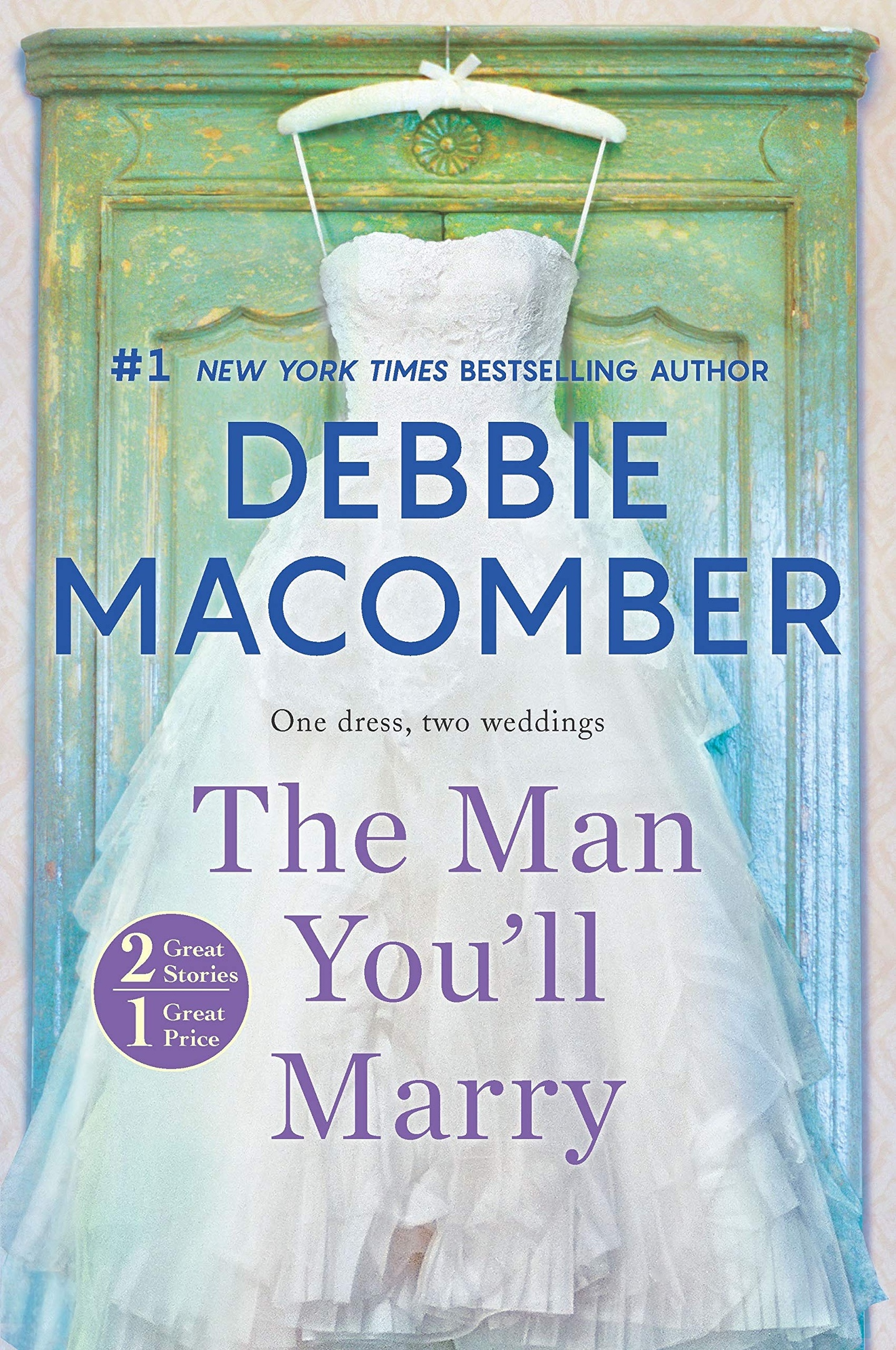The Year of Reading Dangerously: How Fifty Great Books
1. The Year of Reading Dangerously: How Fifty Great Books
An editor and writer’s vivaciously entertaining, and often moving, chronicle of his year-long adventure with fifty great books (and two not-so-great ones)-a true story about reading that reminds us why we should all make time in our lives for books.
Nearing his fortieth birthday, author and critic Andy Miller realized he’s not nearly as well read as he’d like to be. A devout book lover who somehow fell out of the habit of reading, he began to ponder the power of books to change an individual life-including his own-and to the define the sort of person he would like to be. Beginning with a copy of Bulgakov’s Master and Margarita that he happens to find one day in a bookstore, he embarks on a literary odyssey of mindful reading and wry introspection. From Middlemarch to Anna Karenina to A Confederacy of Dunces, these are books Miller felt he should read; books he’d always wanted to read; books he’d previously started but hadn’t finished; and books he’d lied about having read to impress people.
Combining memoir and literary criticism, The Year of Reading Dangerously is Miller’s heartfelt, humorous, and honest examination of what it means to be a reader. Passionately believing that books deserve to be read, enjoyed, and debated in the real world, Miller documents his reading experiences and how they resonated in his daily life and ultimately his very sense of self. The result is a witty and insightful journey of discovery and soul-searching that celebrates the abiding miracle of the book and the power of reading.
2. Over the Edge: The True Story of the Kidnap and Escape of Four Climbers in Central Asia
Before dawn on August 12, 2000, four of America’s best young rock climbers-Tommy Caldwell, Beth Rodden, Jason “Singer” Smith, and John Dickey-were asleep in their portaledges high on the Yellow Wall in the Pamir-Alai mountain range of Kyrgyzstan. At daybreak, they would be kidnapped at gunpoint by fanatical militants of the Islamic Movement of Uzbekistan (IMU), which operates out of secret bases in Tajikistan and Afghanistan and is linked to Al Qaeda. The kidnappers, themselves barely out of their teens, intended to usetheir hostages as human shields and for ransom money as they moved across Kyrgyzstan. They hid the climbers by day and marched them by night through freezing, treacherous mountain terrain, with little food, no clean water, and the constant threat of execution.
The four climbers – the oldest of them only 25 – would see a fellow hostage, a Kyrgyz soldier, executed before their eyes. And in a remarkable life-and-death crucible over six terrifying days, they would be forced to choose between saving their own lives and committing an act none of them thought they ever could.
In Over the Edge, the climbers reveal the complete story of their nightmarish ordeal to journalist and climber Greg Child. With riveting details, Child re-creates the entire hour-by-hour drama, from the first ricocheting bullets to the climatic decision that gains them their freedom. Set in a region rife with narcotics and terrorism, this is a compelling story about loyalty and the will to survive. What continues to make it relevant today, 15 years after the events took place, is the geopolitical context – the incident happened, eerily, on the eve of 9-/11; the fact that at least two of the four climbers continue to be prominent in the sport; and the details incorporated into the story around the media hype and controversy regarding the climbers and their story.
3. Reconnecting with Your Estranged Adult Child: Practical Tips and Tools to Heal Your Relationship
Parents whose adult children have cut off contact wonder: How did this happen? Where did I go wrong? What happened to my loving child? Over time, holidays, birthdays, and even the birth of grandchildren may pass in silence. Anguish may turn into anger. While time, in and of itself, does not necessarily heal, actions do, and while every estrangement includes situation-specific variables, there are practical, effective, and universal techniques for understanding and healing these not-uncommon breaches.
Psychotherapist Tina Gilbertson has developed these techniques and tools over years of face-to-face and online work with parents, who have found her strategies transformative and even life-changing. Gilbertson cuts through the blame, shame, and guilt on both sides of the broken relationship. Parents will feel heard and understood but also challenged – and guided – to reclaim their role as “tone setter” and grow psychologically. Exercises, examples, and sample scripts empower parents who have felt powerless. Gilbertson shows that reconciliation is a step-by-step process, but the effort is well worth it. It is never too late to renew relations and experience better-than-ever bonds.
4. Science and Development of Muscle Hypertrophy, 2nd Edition
Science and Development of Muscle Hypertrophy, Second Edition, is the most comprehensive resource on muscle hypertrophy in the world. Written by Brad Schoenfeld, PhD, an internationally renowned expert on muscle hypertrophy, this book is the definitive resource for strength and conditioning professionals, personal trainers, sport scientists, researchers, and exercise science instructors who are seeking information regarding muscle hypertrophy, including the mechanism of its development, how the body structurally and hormonally changes when exposed to stress, ways to most effectively design training programs, and nutritional guidelines for eliciting hypertrophic changes.
This new edition offers more than 1,000 references and applied guidelines. Two all-new chapters deliver practical content on the measurement of muscle hypertrophy and advanced training practices. Readers will learn various methods by which hypertrophy is measured, including site-specific measures (circumference measures, MRI, CT, and ultrasound), indirect measures (underwater weighing, DXA, BIA, ADP, and skinfolds), and histological measures (biopsy), as well as the strengths and limitations of each modality. The new edition also provides guidance for achieving greater training volumes with training practices that maximize the individual’s genetic potential to gainmuscle.
No other resource offers a comparable amount of content solely focused on the science of muscle hypertrophy and its application to designing training programs. The full-color book offers several features to make the content accessible to readers:
Research Findings sidebars highlight the aspects of muscle hypertrophy currently being examined to encourage readers to re-evaluate their knowledge and ensure their training practices are up to date.
Practical Applications sidebars outline how to apply the research conclusions for maximal hypertrophic development.
Comprehensive subject and author indexes optimize the book’s use as a reference tool.
Although muscle hypertrophy can be attained through a range of training programs, this book allows readers to understand and apply the specific responses and mechanisms that promote optimal muscle hypertrophy. It explores how genetic background, age, sex, and other factors have been shown to mediate the hypertrophic response to exercise, affecting both the rate and the total gain in lean muscle mass. Sample programs show how to design a three- or four-day-per-week undulating periodized program and a modified linear periodized program for maximizing muscular development.
Science and Development of Muscle Hypertrophy is an invaluable resource for those seeking to maximize hypertrophic gains for themselves or their athletes or clients and for those searching for the most comprehensive and authoritative research in the field.
5. Direct Work with Family Groups
Direct Work with Family Groups is full of great ideas to aid engagement, assessment and enable positive change through direct work with family groups.
Working with families can be a challenging experience. This book looks at the personal skills needed to engage families, both at home and in the community. It provides guidance on how to assess and manage the needs of individual family members, whilst also being mindful of potential risk factors. With easy to use activities and resources, this book will inspire you to think about creative new ways to plan and carry out your work.
Based on tried and tested techniques, this is a must-have for social workers and social work students, as well as child protection workers, therapists, counsellors and child and family centre workers. It is the perfect complement to Direct Work with Vulnerable Children, also by the same authors.
 1 / 5
1 / 5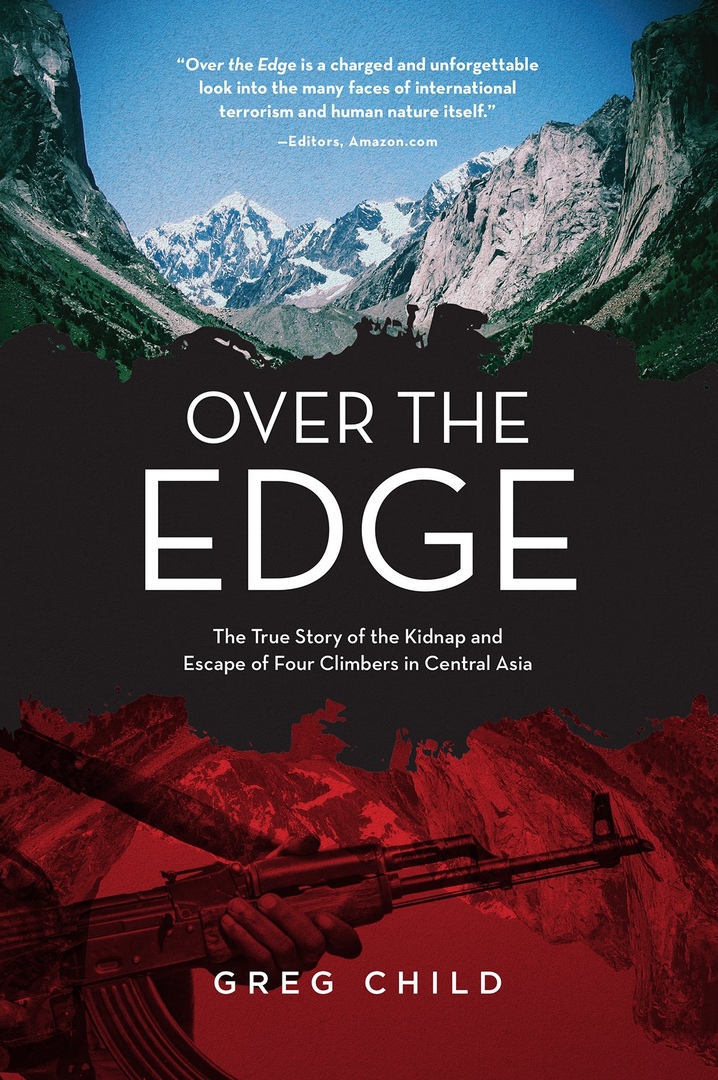 2 / 5
2 / 5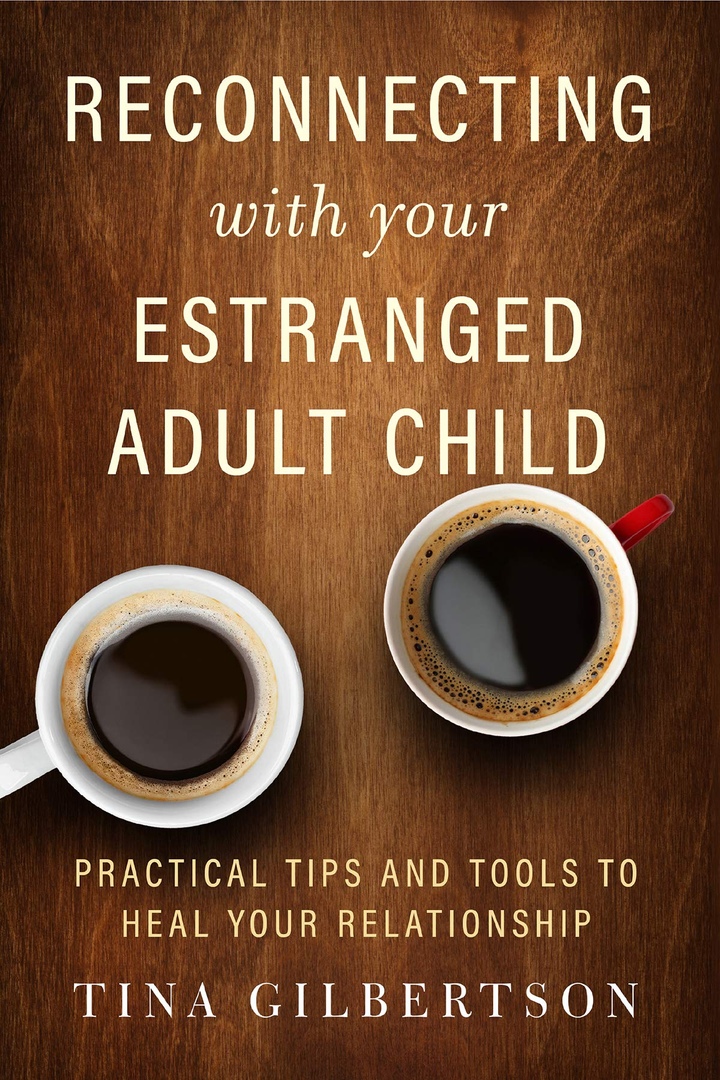 3 / 5
3 / 5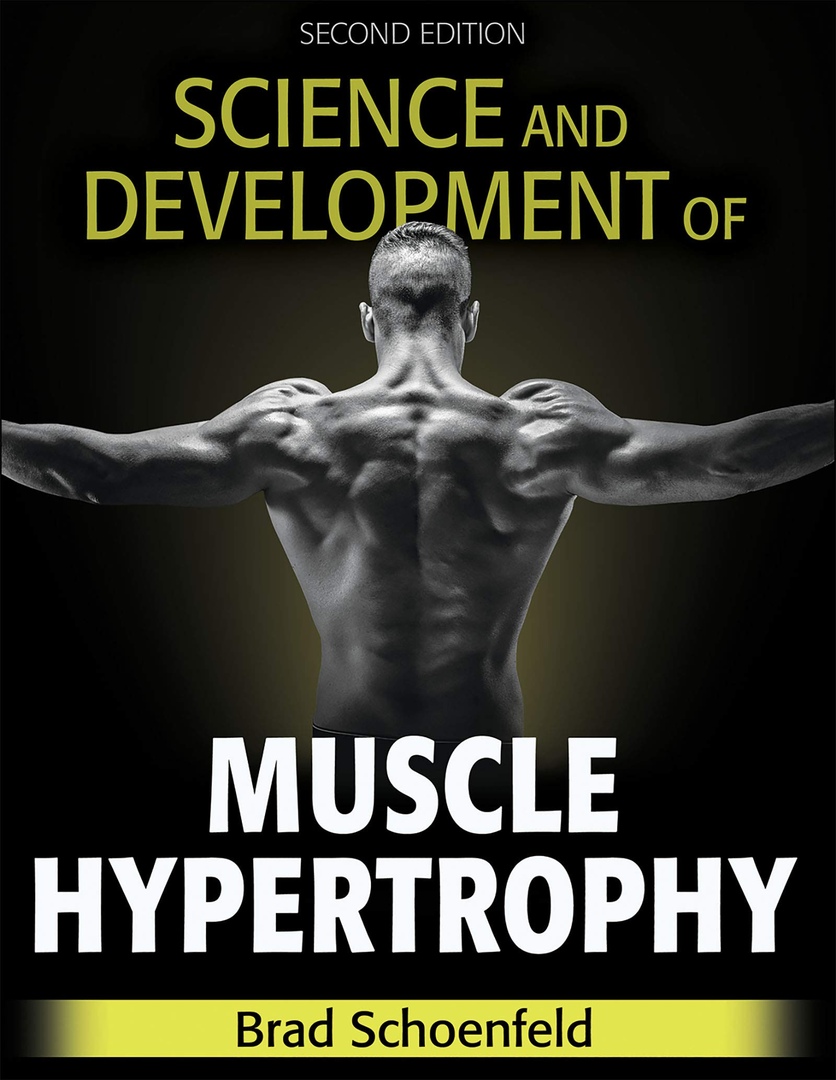 4 / 5
4 / 5 5 / 5
5 / 5